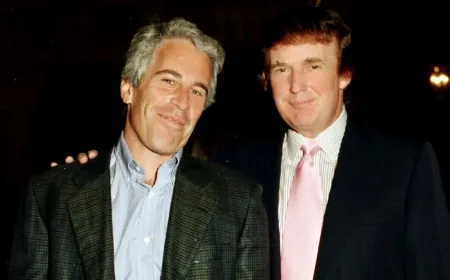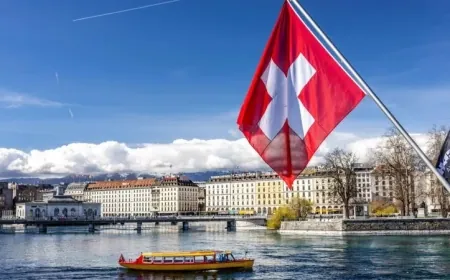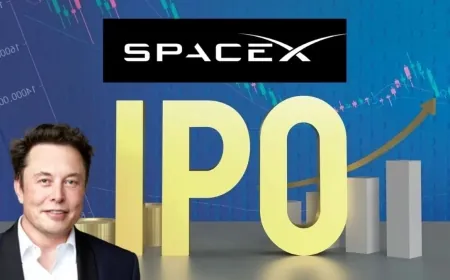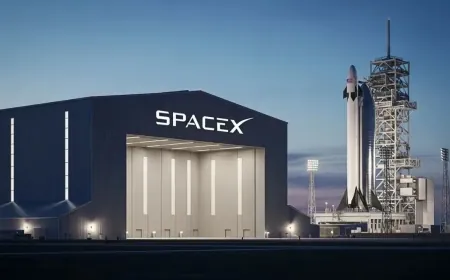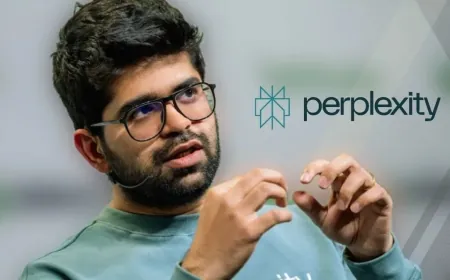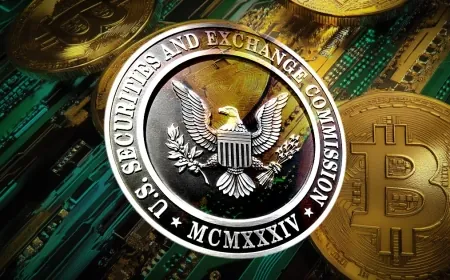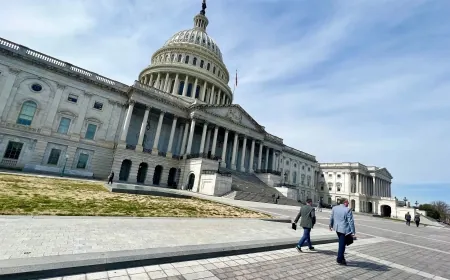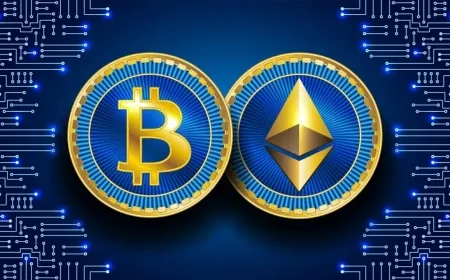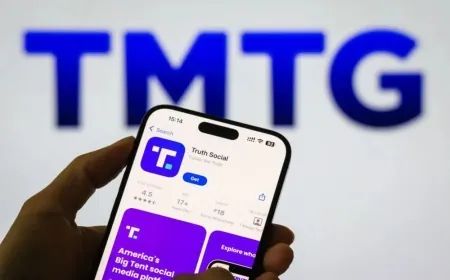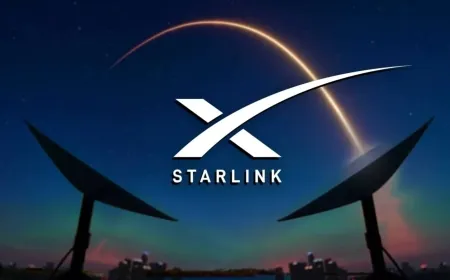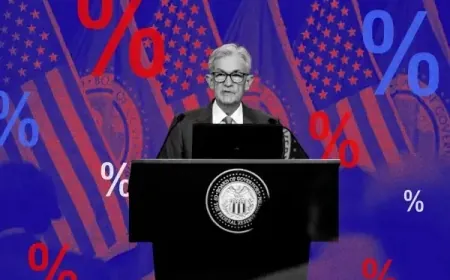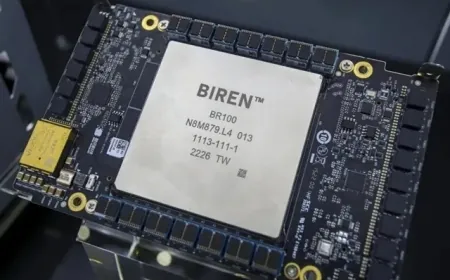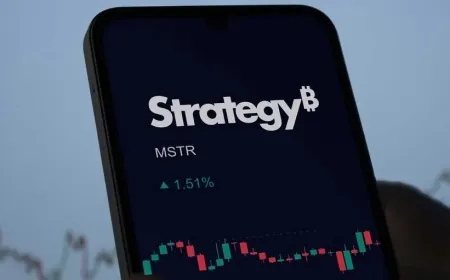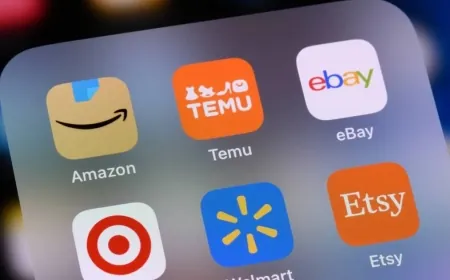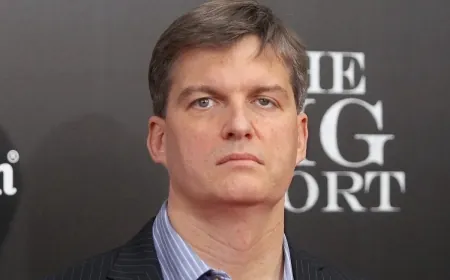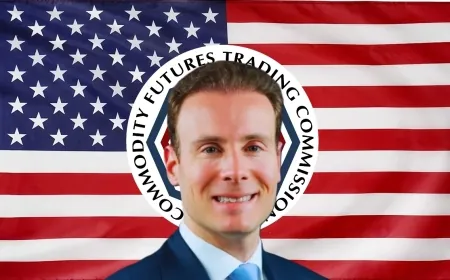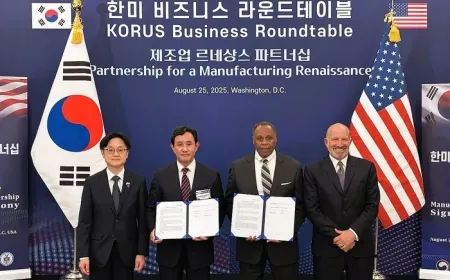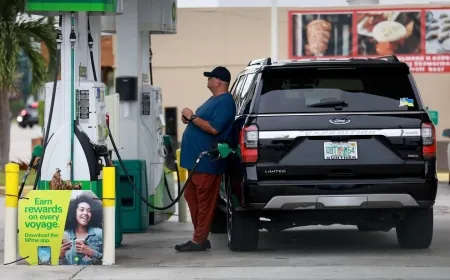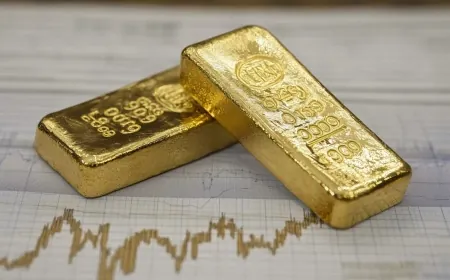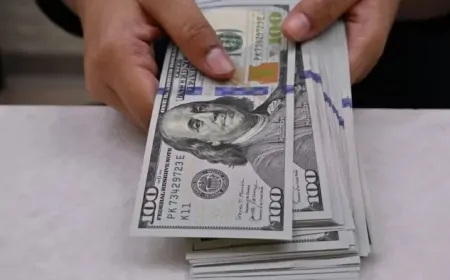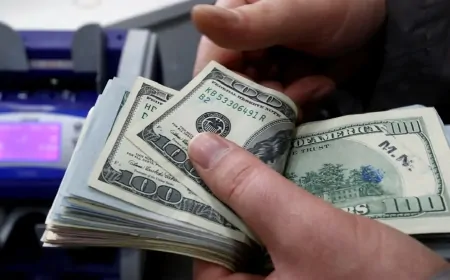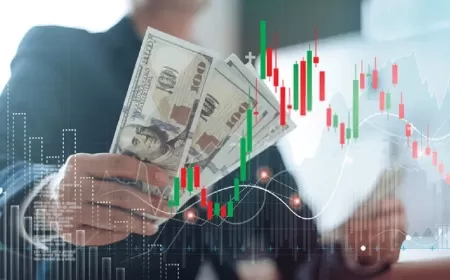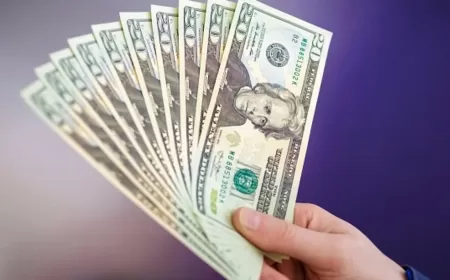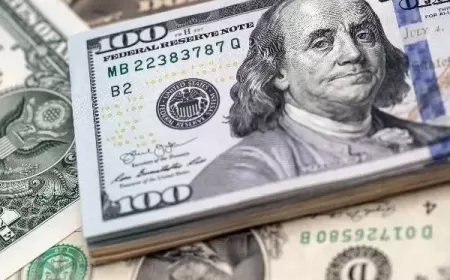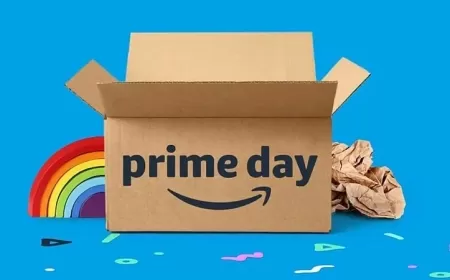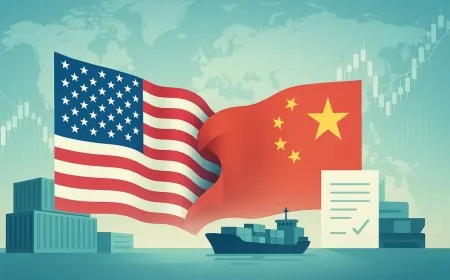Trump Says Modi is a Friend but India is Unfair on Trade, Tariffs, and Global Alliances
Trump calls PM Modi a friend but targets India with a 25% tariff over high duties, Russian oil imports, and BRICS alignment—escalating trade tensions.
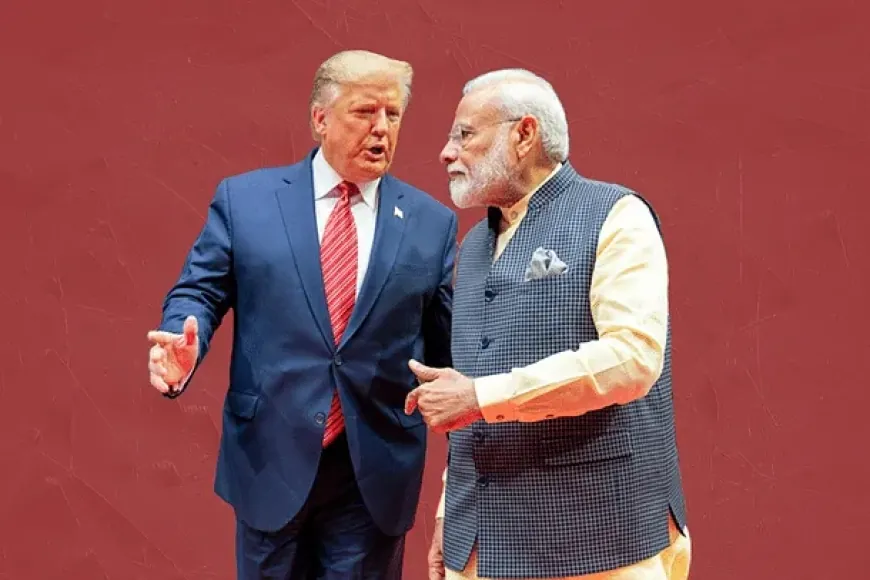
President Donald J. Trump on Wednesday imposed a 25% tariff on all goods imported from India, citing what he described as an unfair trade relationship, India’s deepening ties with Russia, and the nation’s participation in the BRICS alliance, which Trump criticized as working against U.S. economic interests.
Despite describing Indian Prime Minister Narendra Modi as a "friend," Trump declared that the United States must act decisively to protect its economy, industries, and global currency dominance. "India is our friend, Prime Minister Modi is a friend of mine, but they are not being fair with the United States," he said during a press briefing at the White House.
This unexpected announcement came just three days before a scheduled visit to India by a U.S. trade delegation tasked with hammering out a bilateral trade agreement. Trump's decision complicates the diplomatic landscape and could reshape U.S.–India relations during his second term in office.
India–U.S. Trade: From Cooperation to Confrontation
India and the United States have historically maintained a robust but occasionally tense economic relationship. The U.S. is India’s largest trading partner, with total bilateral goods trade exceeding $135 billion in FY2024. However, a persistent trade deficit of nearly $40 billion in India’s favor has long been a sticking point in Washington.
According to Trump, the high tariffs imposed by India on American goods have left U.S. exporters at a disadvantage. For example, American motorcycles, tech equipment, and agricultural products face import duties ranging from 20% to 100%, whereas Indian exports like textiles, jewelry, and pharmaceuticals enter the U.S. market with relatively minimal barriers.
"They sell so much to us. But we hardly sell anything to them, and that’s because of their tariffs," Trump said. "We’ve asked nicely. Now we are acting."
The 25% import tariff, effective August 1, 2025, will apply across major Indian export sectors, including:
-
Textiles and apparel
-
Generic pharmaceuticals
-
Engineering goods and machinery
-
Jewelry and precious stones
-
Information technology hardware
The U.S. Trade Representative’s office is expected to release detailed sectoral breakdowns by Friday.
Oil and Arms: The Russian Connection
Trump's administration also linked the tariffs to India’s ongoing purchases of Russian oil and defense equipment. After Russia’s invasion of Ukraine in 2022, Western sanctions attempted to isolate Moscow’s economy, but India emerged as one of its largest energy customers.
As of June 2025, India imports around 1.6 million barrels per day of Russian crude, often paid in rupees or dirhams, circumventing dollar-based systems. Trump argued this not only weakens U.S. sanctions but also undermines the role of the U.S. dollar as the global reserve currency.
"They’re buying cheap Russian oil, sometimes not even in dollars. That’s bad for us. That’s bad for the dollar," Trump said. "You can't call yourself a partner if you're financing our adversaries."
India’s defense relationship with Russia remains extensive. Between 2018 and 2024, over 45% of India’s defense imports came from Russia, including S-400 air defense systems, T-90 tanks, and Su-30 aircraft.
Though India has diversified its suppliers—buying more from France, Israel, and the U.S.—its existing platforms and long-term deals keep it reliant on Russian support and spare parts.
BRICS and the Battle for Global Influence
President Trump’s announcement included sharp criticism of India’s role in BRICS, the economic bloc of Brazil, Russia, India, China, and South Africa. In 2024, BRICS announced a plan to explore alternative currency systems and trade frameworks to challenge dollar dominance.
"BRICS is no longer just an economic talk club. It's becoming a real challenge to U.S. influence. And India is helping that effort," Trump asserted.
U.S. officials have warned for months that the expansion of BRICS to include new nations—such as Egypt, Iran, and Argentina—signals a shift toward anti-Western economic coalitions. While India has historically balanced its non-aligned foreign policy with strong U.S. ties, its presence in BRICS has become a flashpoint.
Trump accused BRICS of being a "coalition against the dollar" and stated, "We will not let anyone attack the dollar. Not even our friends."
Indian Exporters Voice Concern Over Sudden Tariff Blow
The tariff announcement has triggered immediate concern across India's export sectors. From textile hubs in Surat to pharmaceutical clusters in Hyderabad and diamond exporters in Mumbai, business leaders are warning of sharp declines in competitiveness and contract cancellations.
"The U.S. accounts for nearly 20% of our pharmaceutical exports. A sudden 25% duty could wipe out our margins overnight," said Ramesh Menon, a senior executive at a Hyderabad-based generics company.
The Confederation of Indian Industry (CII) and the Federation of Indian Export Organisations (FIEO) have both called for urgent government support, including duty drawbacks, interest subvention, and renegotiation of terms with U.S. buyers.
Government officials have acknowledged the seriousness of the situation. “Talks will continue,” one senior Commerce Ministry official said. “We have not abandoned the negotiation table. The American delegation’s August visit is still on schedule.”
Strategic Autonomy on Trial
India has long prided itself on strategic autonomy—engaging with the U.S., Russia, China, and others without fully aligning with any bloc. However, Trump’s tariff move suggests that economic neutrality may come at a cost in a more transactional world order.
By tying trade policy to broader geopolitical concerns—like BRICS participation and Russian ties—Trump’s administration is making it clear that economic alignment is now a test of political loyalty.
The August 25 talks could define a new era in U.S.–India relations: one where symbolic friendship takes a backseat to measurable alignment.
New Pressures on a Fragile Partnership
With the implementation of tariffs on key Indian exports, India faces a complex challenge: respond firmly without escalating tensions or undermining its policy of strategic autonomy. Indian industries are lobbying for government intervention, while policymakers weigh short-term remedies against long-term strategic interests.
For the U.S., Trump’s administration is signaling a departure from traditional diplomacy, making it clear that trade and foreign policy are inseparable. The approach aligns with Trump’s broader message of transactional geopolitics—where actions matter more than alliances.
Both countries have much at stake. For India, retaining U.S. market access is crucial for sustaining export-driven growth. For the U.S., keeping India within its economic and geopolitical orbit remains essential in countering China’s influence in Asia.
The upcoming trade delegation's visit may offer a moment to recalibrate. But with rising stakes on both sides, any resolution will demand more than statements of friendship. It will require strategic clarity, economic concessions, and above all, political will.
The coming weeks could determine whether the U.S.–India relationship withstands these strains—or transforms into a new, harder-edged partnership defined less by shared values and more by negotiated interests.
Also Read: Trump Announces 25% Tariff on India from August 1 Over Russia Defense Ties
